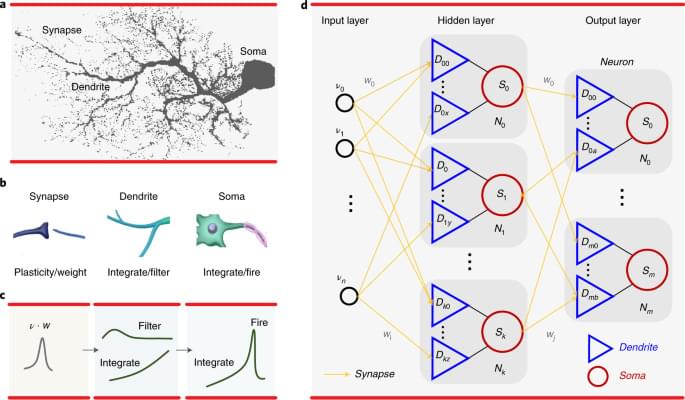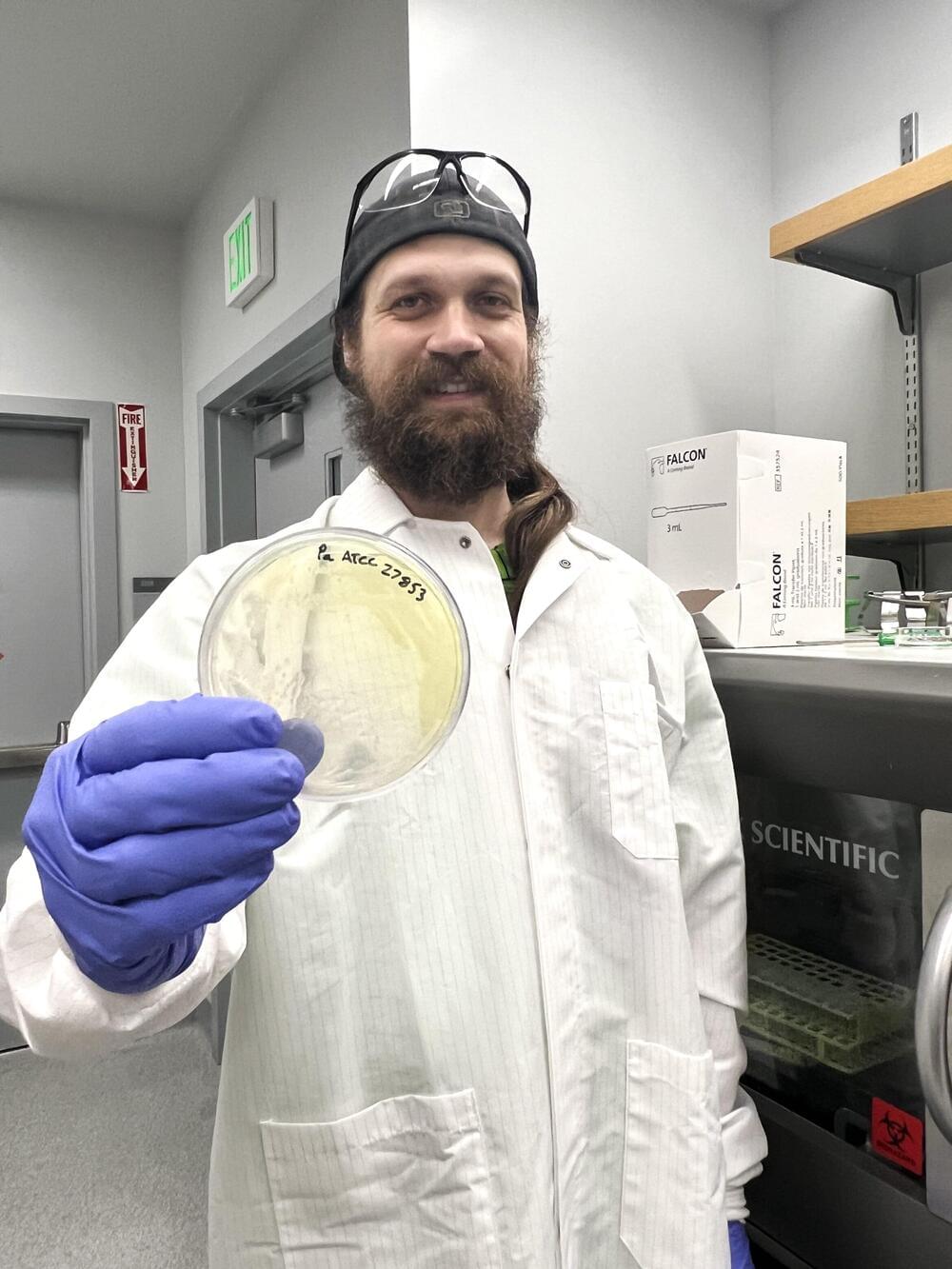Norway boasts the highest electric vehicle adoption rate in the world. Some 82% of new car sales were EVs in Norway in 2023, according to the Norwegian Road Federation (OFV). In comparison, 7.6% of new car sales were electric in the U.S. last year, according to Kelley Blue Book estimates. In the world’s largest auto market, China, 24% of new car sales were EVs in 2023, according to the China Passenger Car Association.
“Our goal is that all new cars by 2025 will be zero-emission vehicles,” said Ragnhild Syrstad, the state secretary of the Norwegian Ministry of Climate and Environment, “We think we’re going to reach that goal.”
The Norwegian government started incentivizing the purchase of EVs back in the 1990s with free parking, the use of bus lanes, no tolls and most importantly, no taxes on zero-emission vehicles. But it wasn’t until Tesla and other EV models became available about 10 years ago that sales started to take off, Syrstad said.






